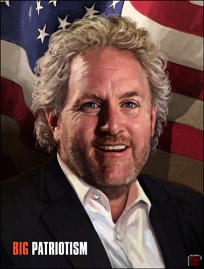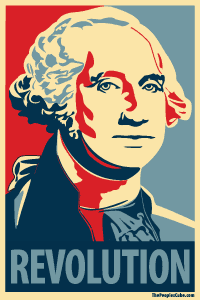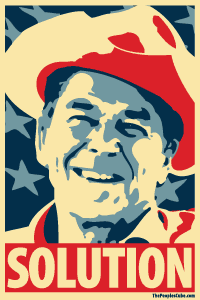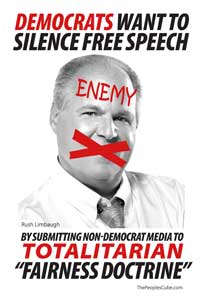By Rush Limbaugh | June 22, 2012 | RushLimbaugh.com
BEGIN TRANSCRIPT
RUSH: Do you remember, ladies and gentlemen, last November I made a big deal of something? And I remain surprised. I can’t believe… And I really mean this. I can’t believe that this was not focused on more. Not by the mainstream media but rather by conservative media. This was a column by Thomas B. Edsall who used to write for the Washington Post and is now big at the Huffing and Puffington Post. And he had a piece in the New York Times, which means the regime wanted it there.
He works for Obama in a way. There’s a tie-in. And the piece, if you’re a regular listener here you’ve heard me reference it many times, but it’s stayed in its own vacuum. The piece was a tantamount admission that the Obama campaign had written off the working-white-voters block. They’ve just written them off. They were the bitter clingers. They knew, back in November, that they were not going to compete for them. They’re not even going to campaign for the white, working voters of America.

 The Democratic Party has made it its mandate to politicize and collectivize the personal. It has done this to militarize every area of life, to transform all human activities into a battlefield and to bring every area of life under the aegis of its power relationships. These power relationships form its infrastructure, fusing together governmental and non-governmental organizations, to form the true ruling class.
The Democratic Party has made it its mandate to politicize and collectivize the personal. It has done this to militarize every area of life, to transform all human activities into a battlefield and to bring every area of life under the aegis of its power relationships. These power relationships form its infrastructure, fusing together governmental and non-governmental organizations, to form the true ruling class.











